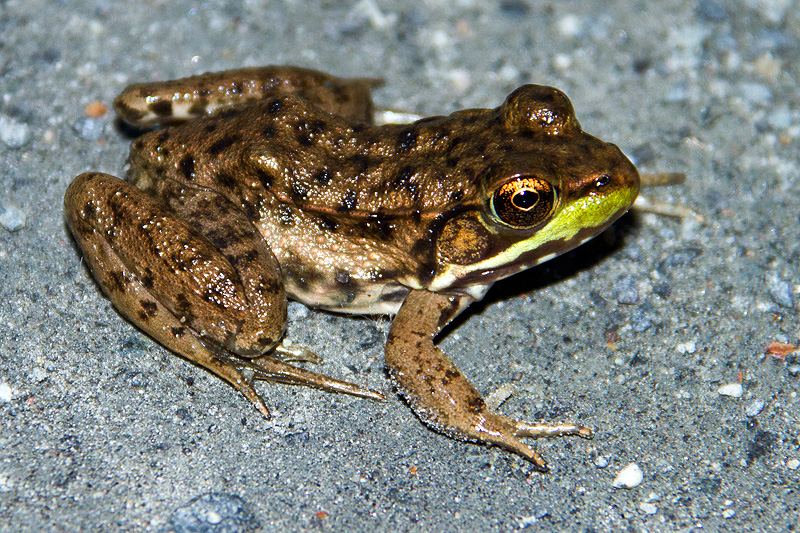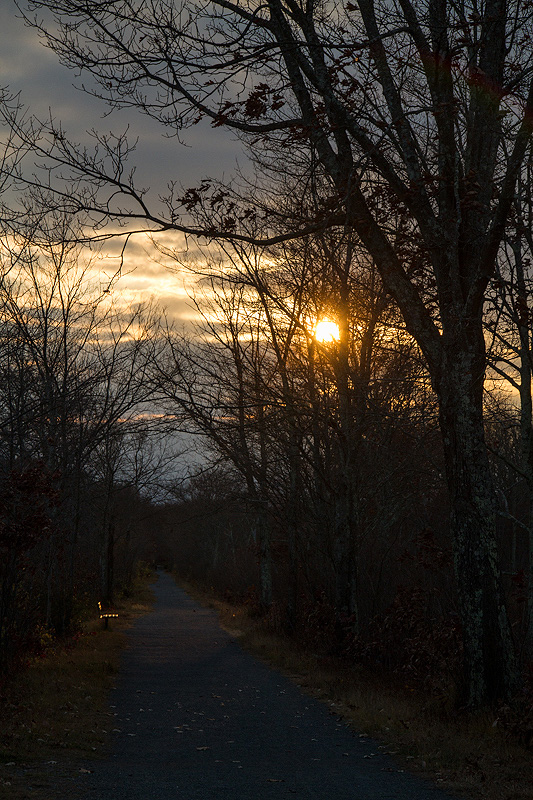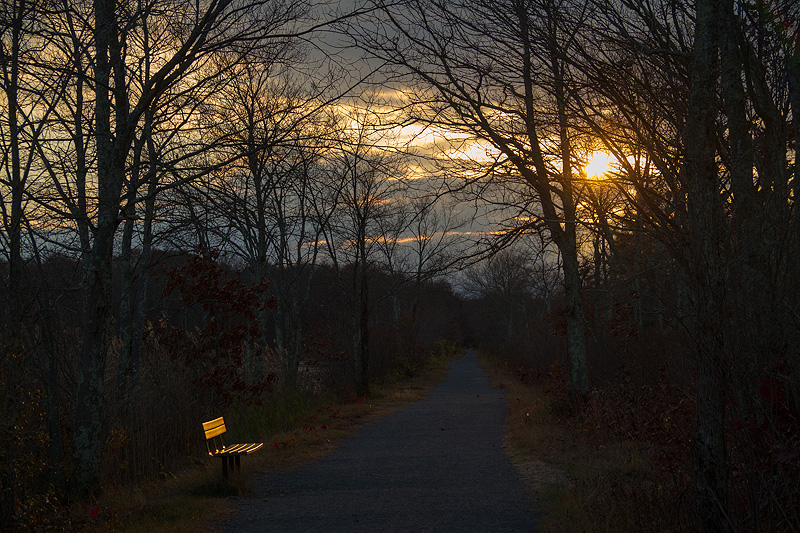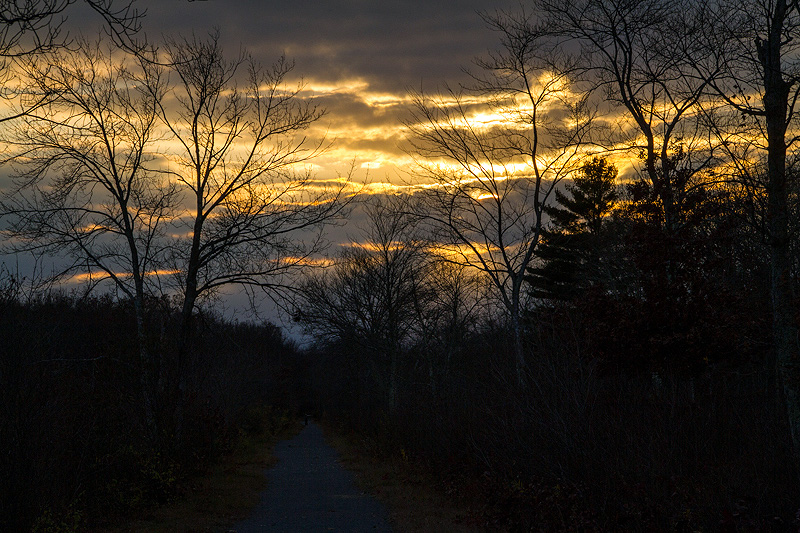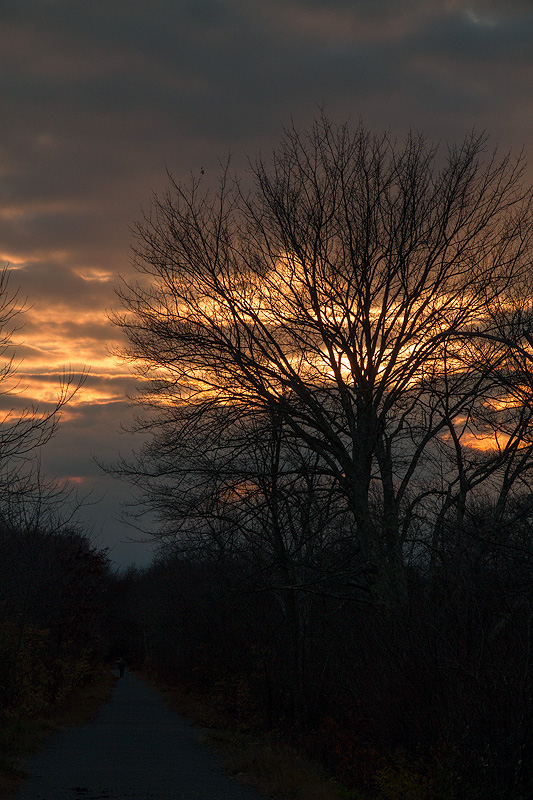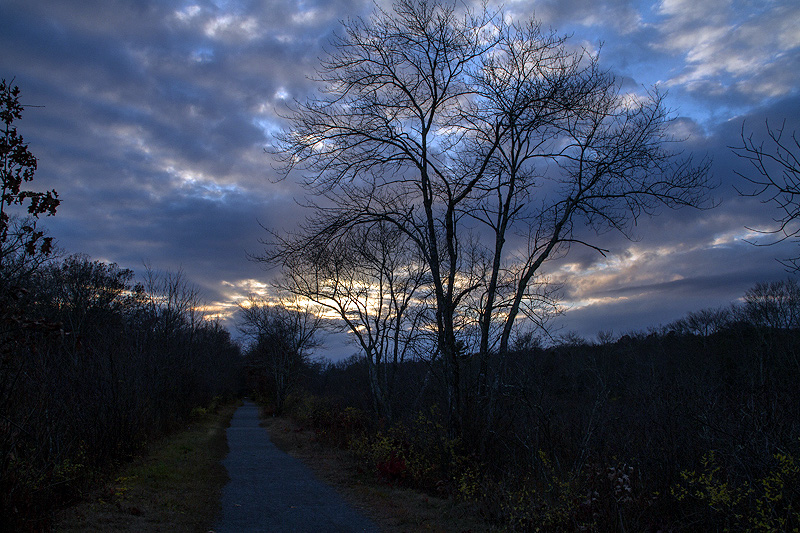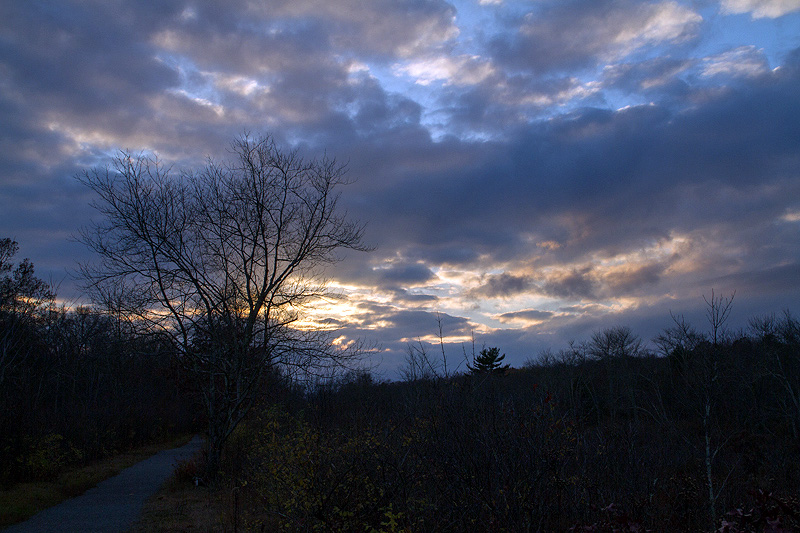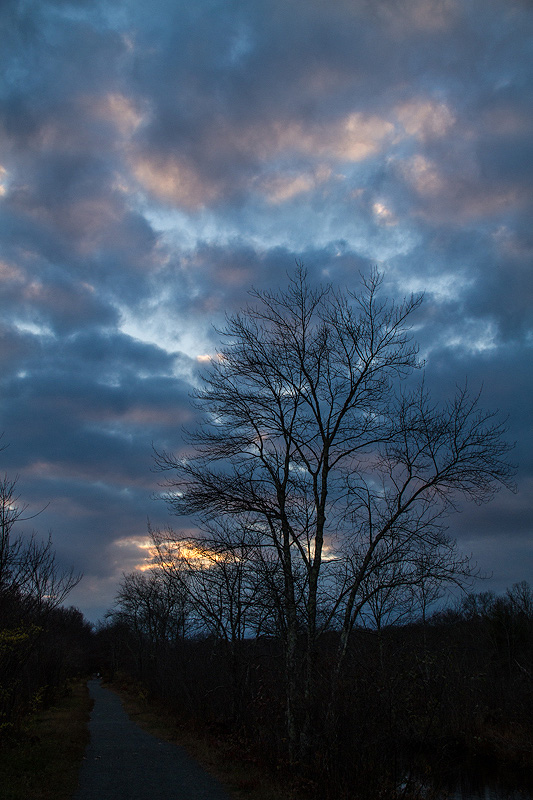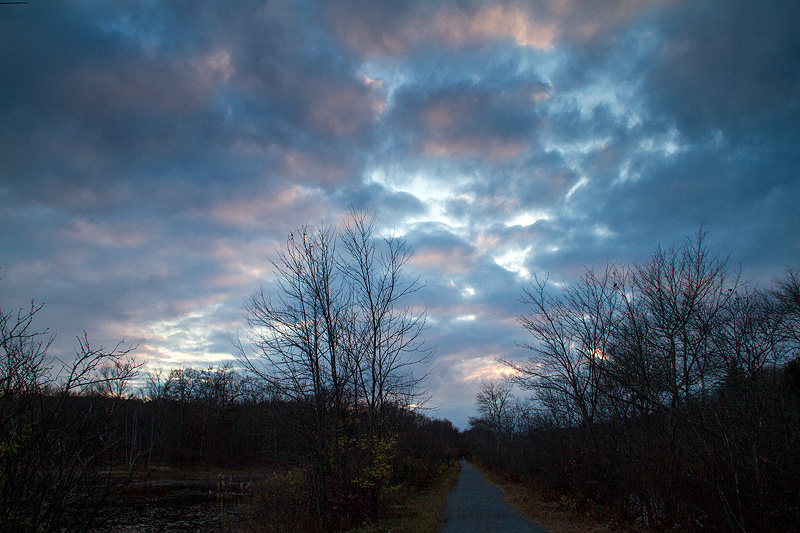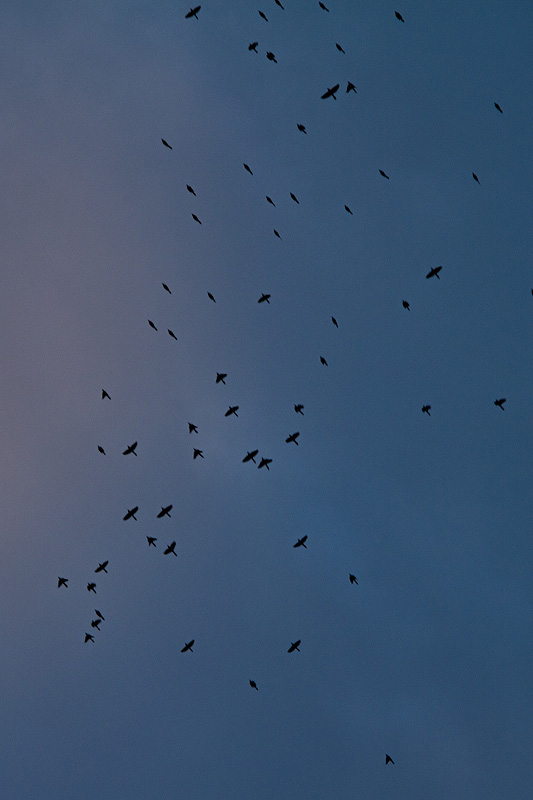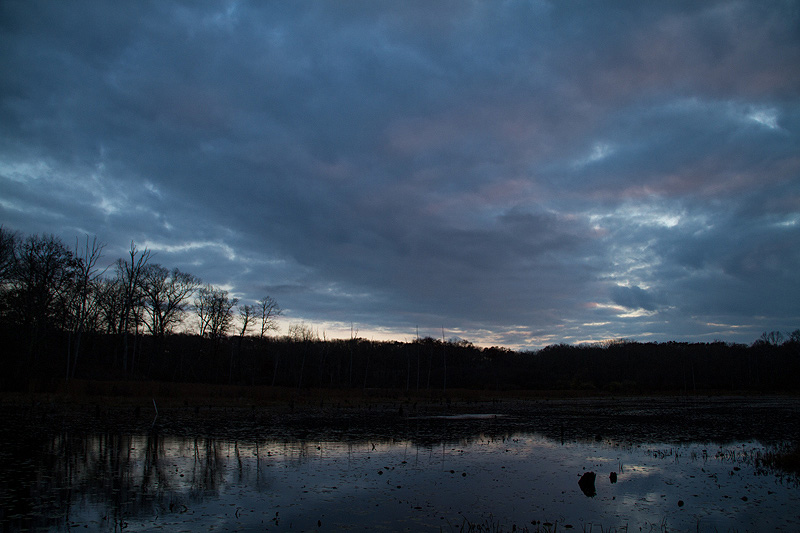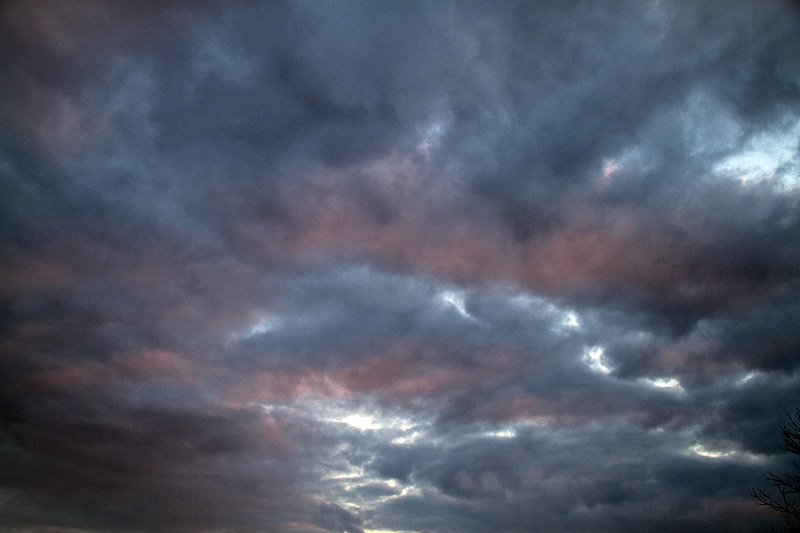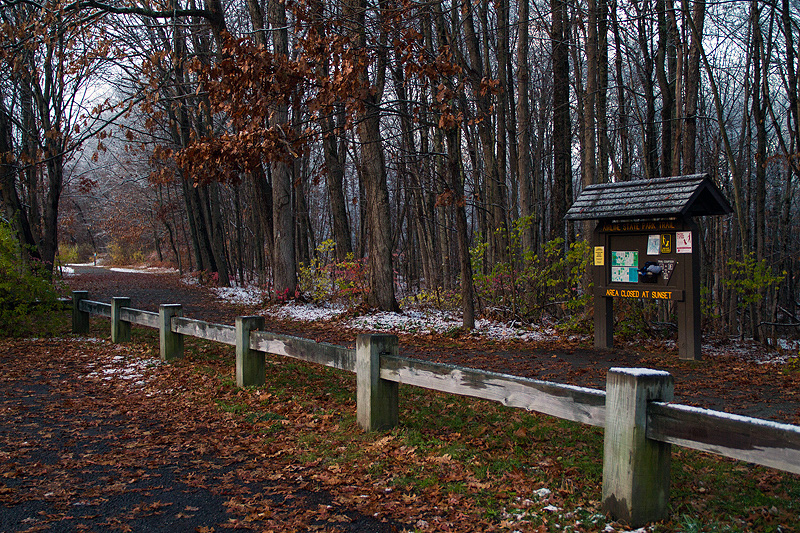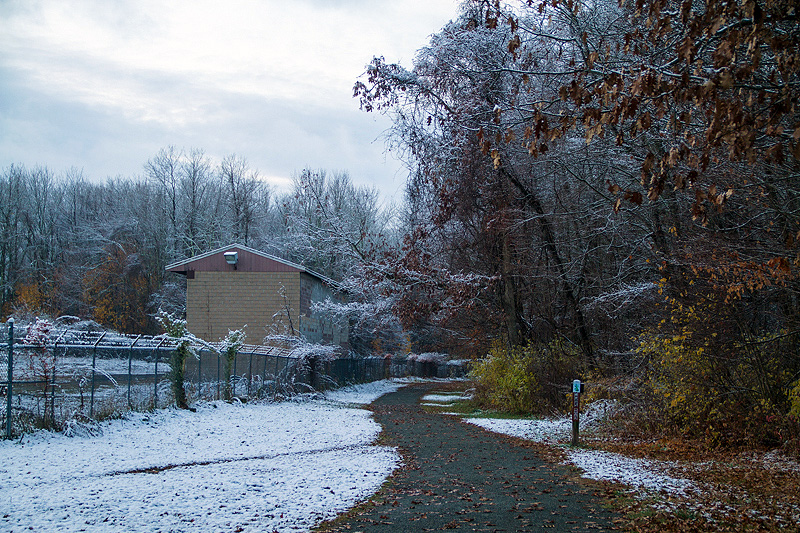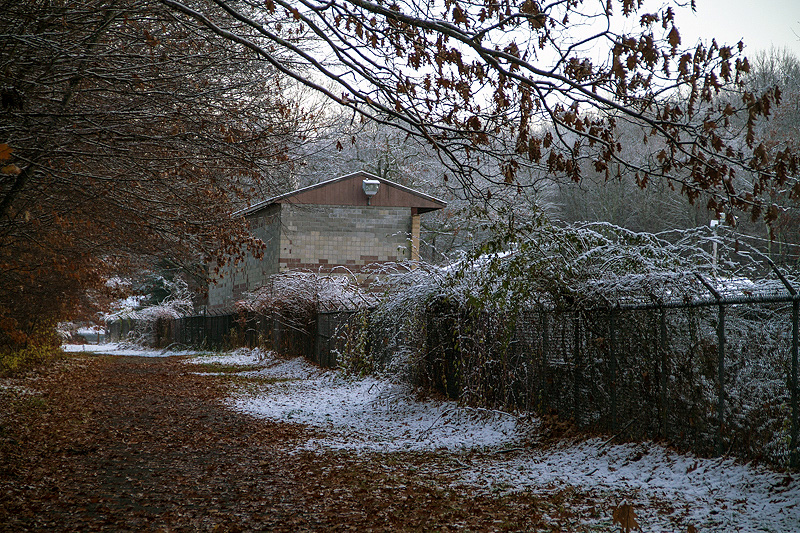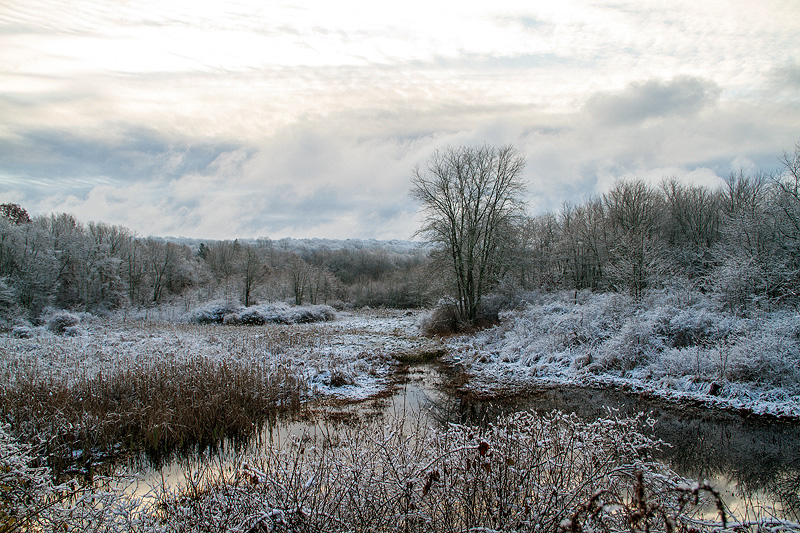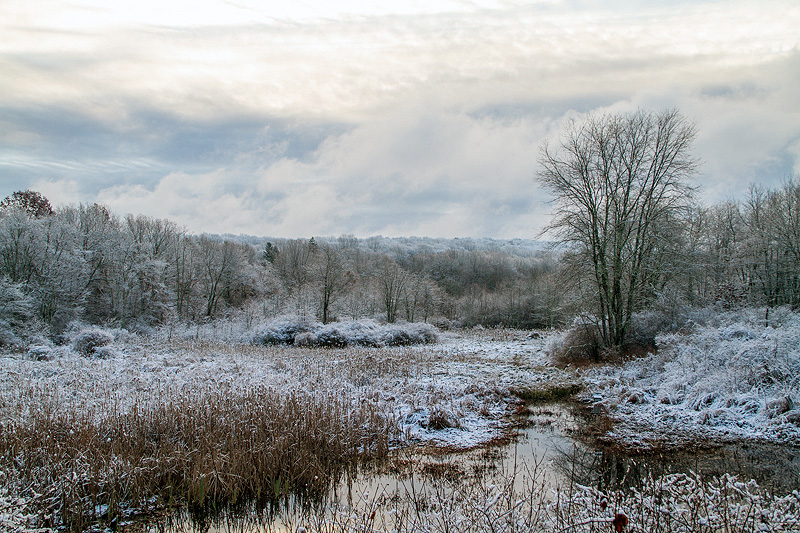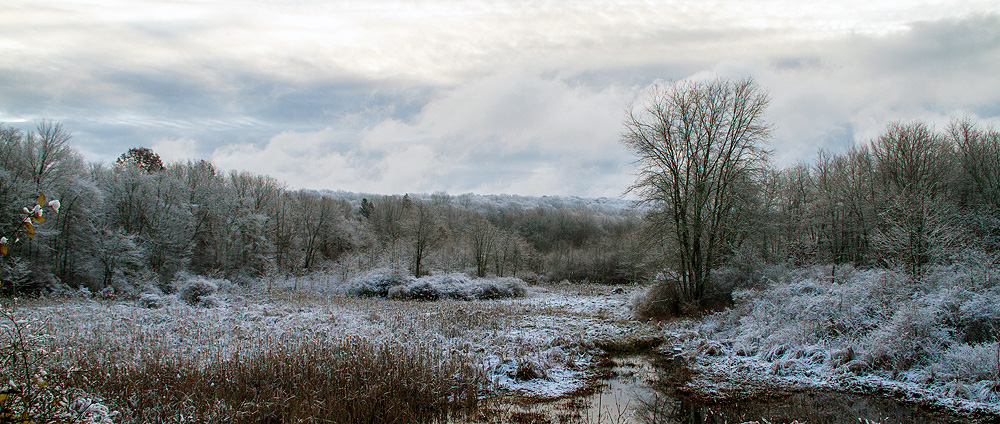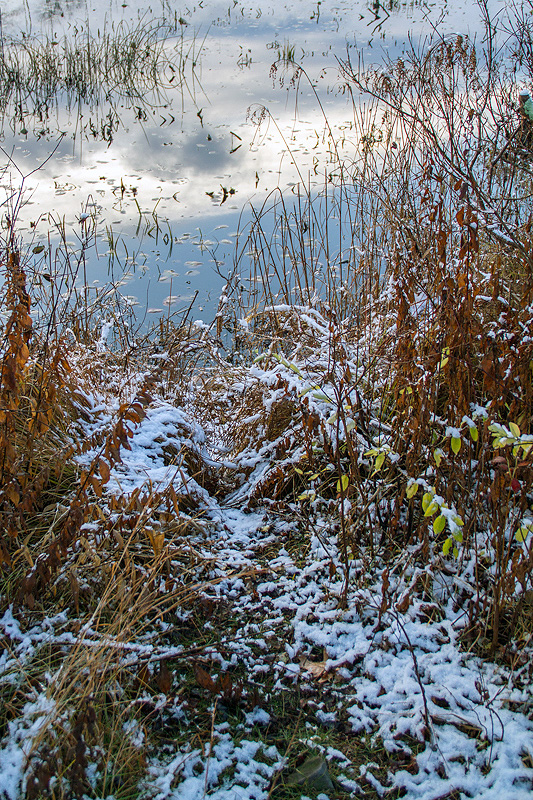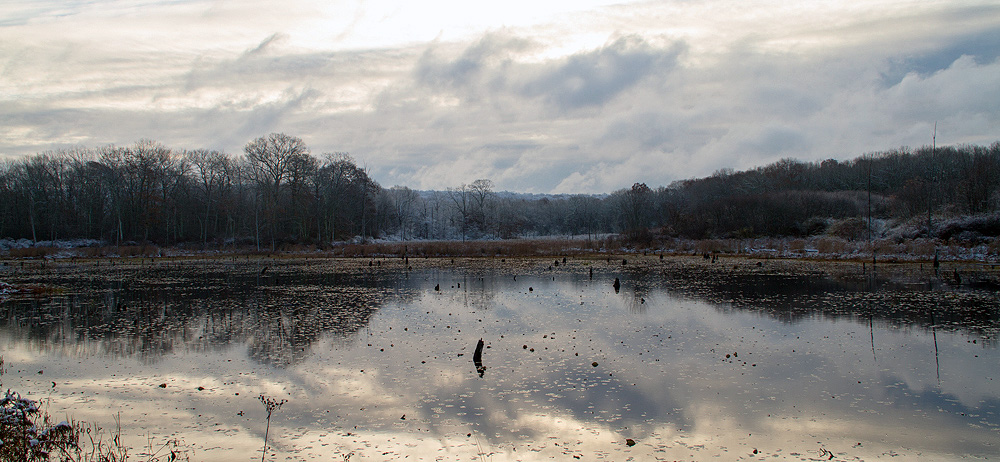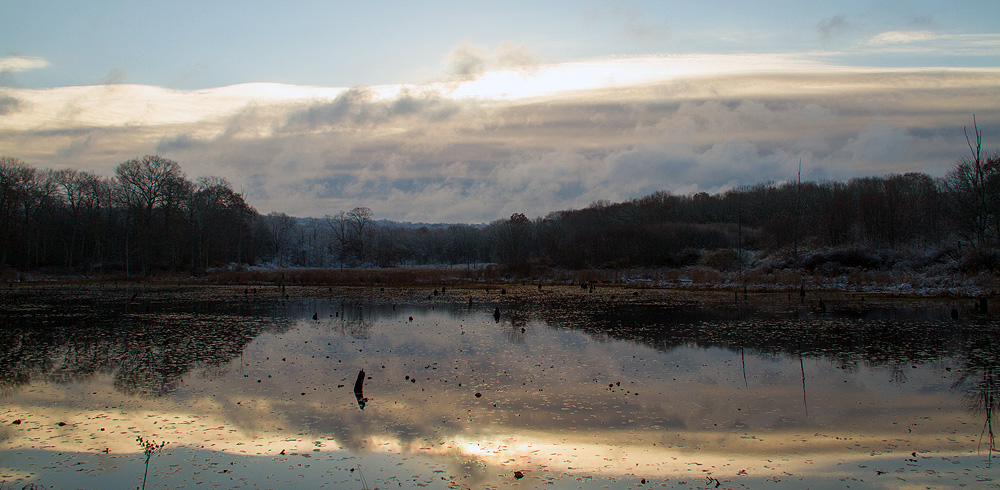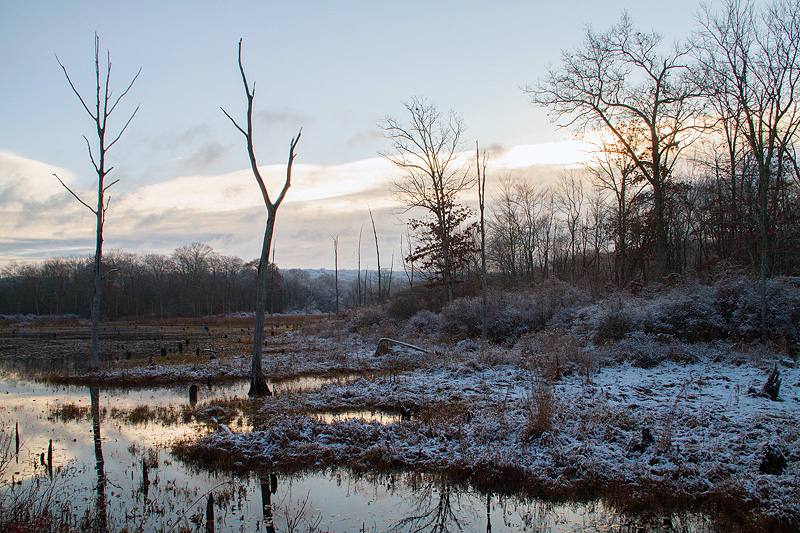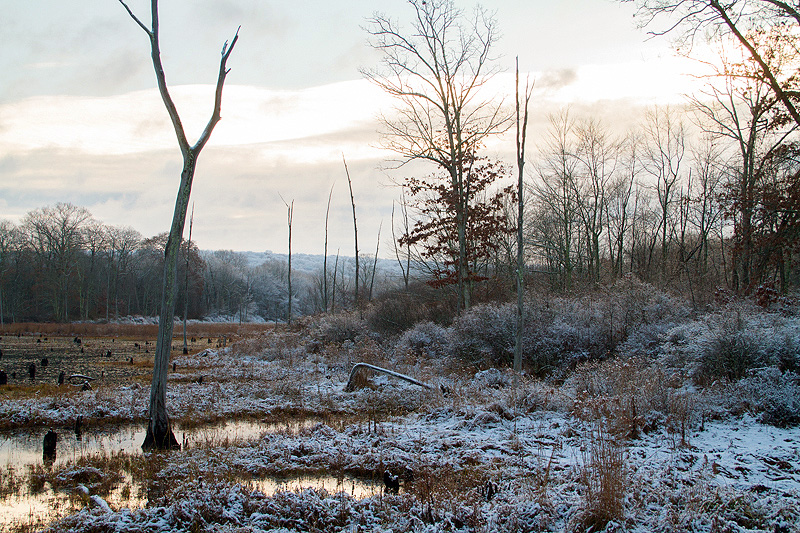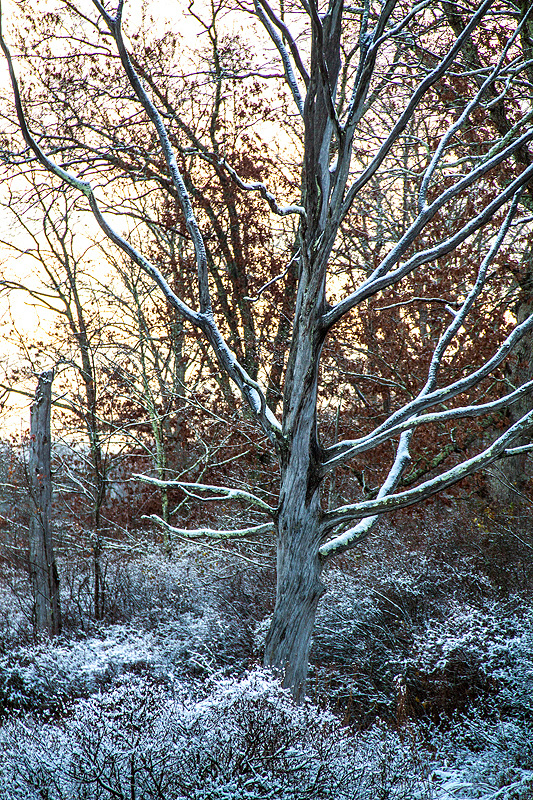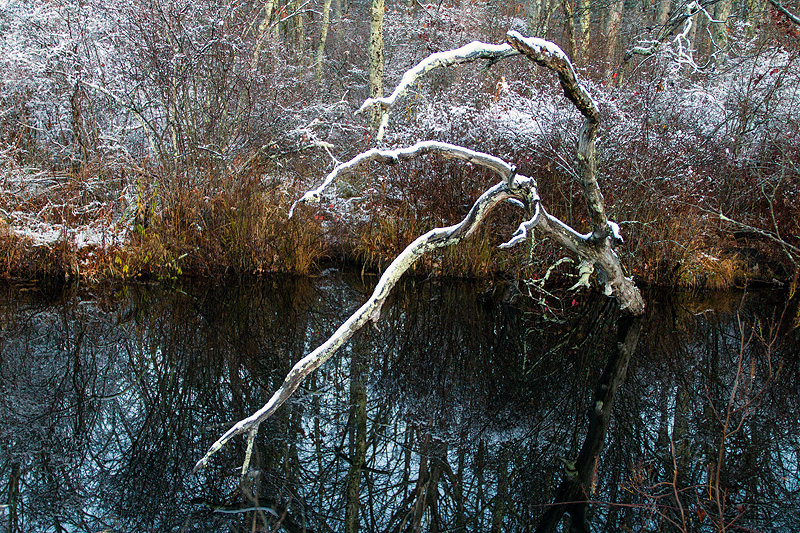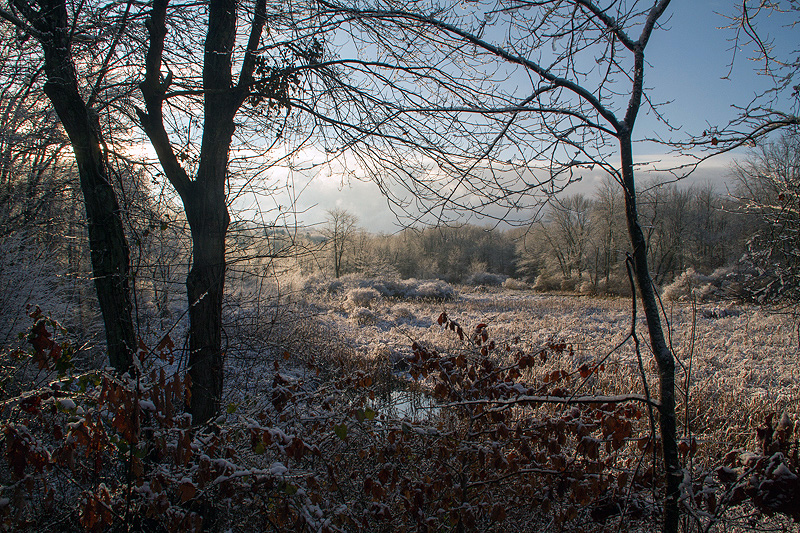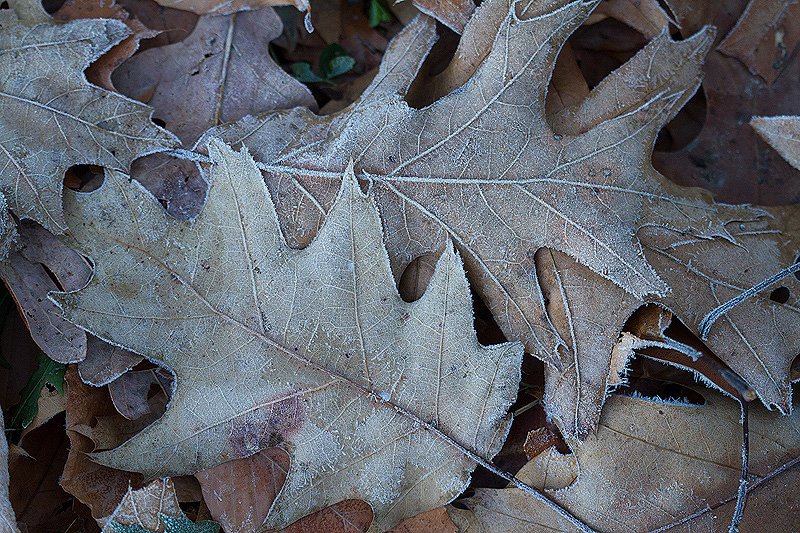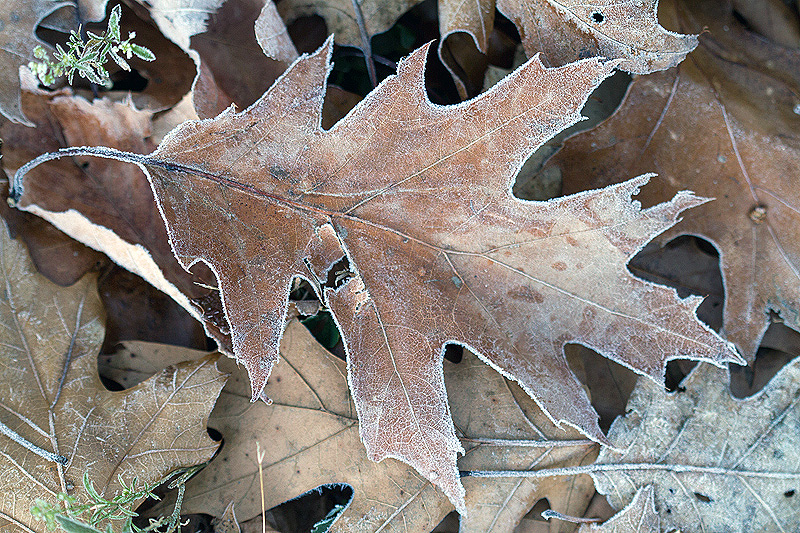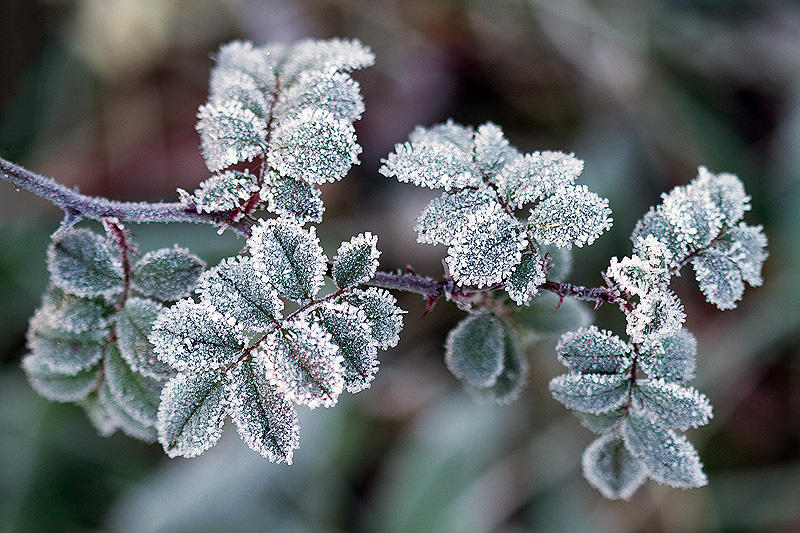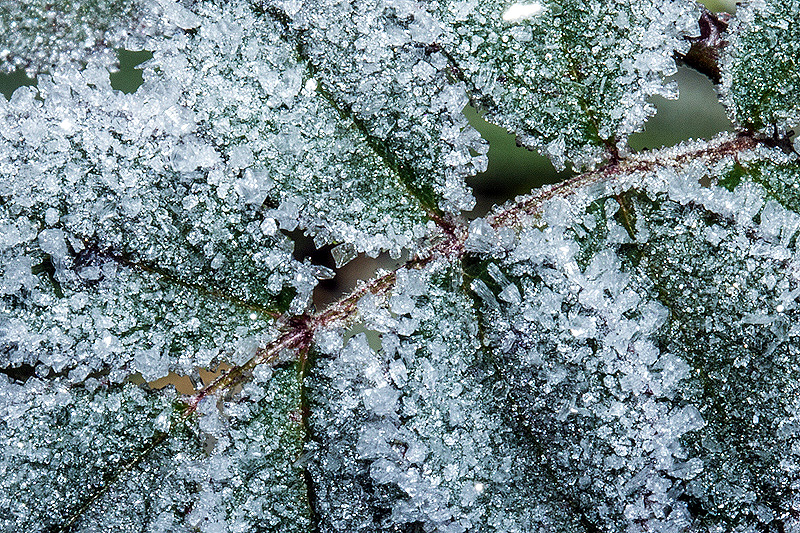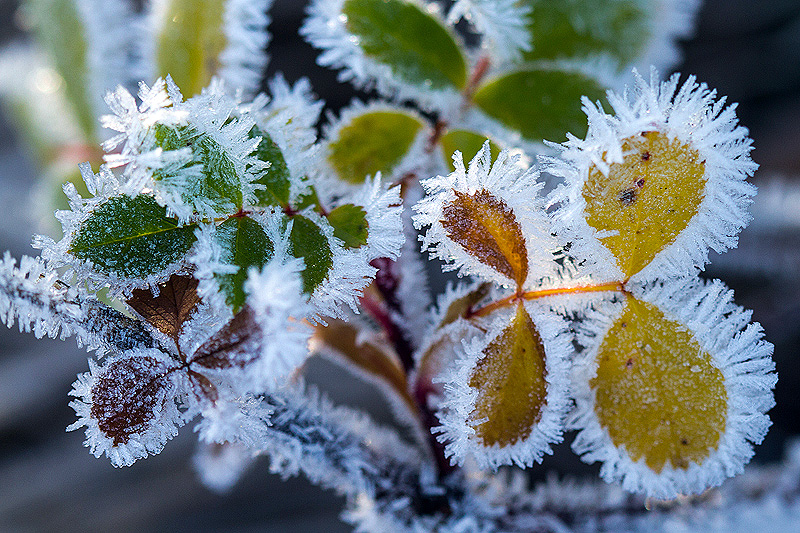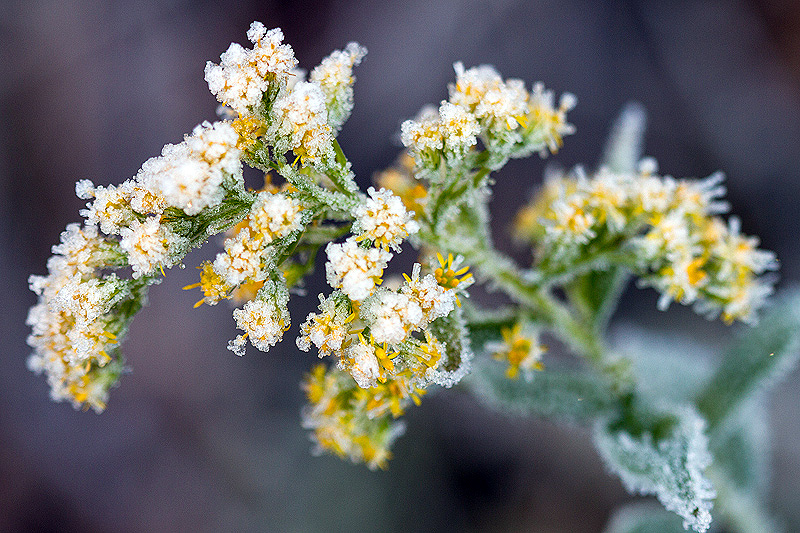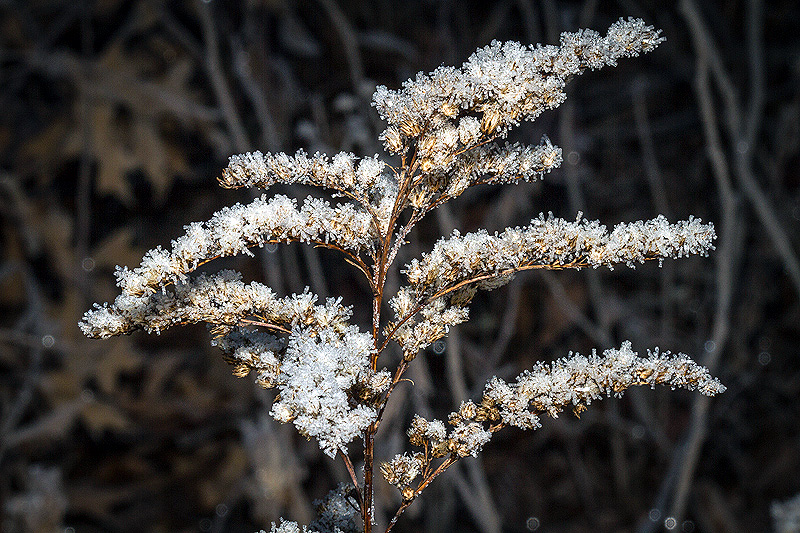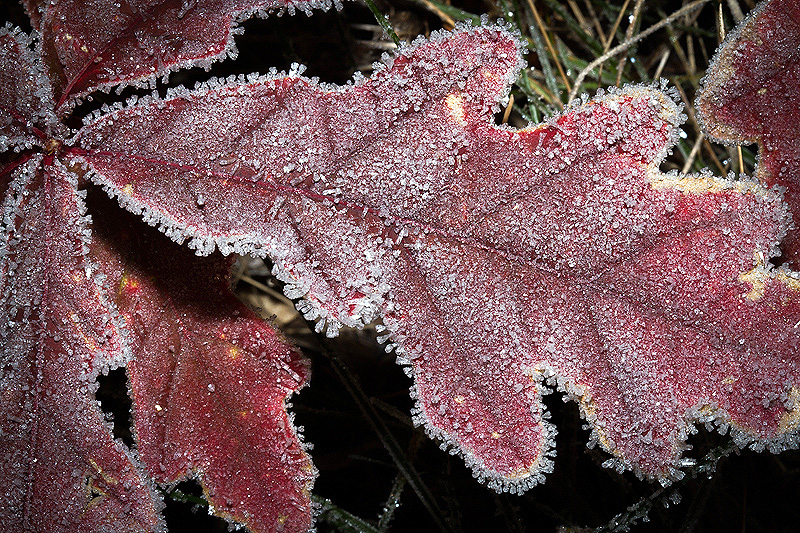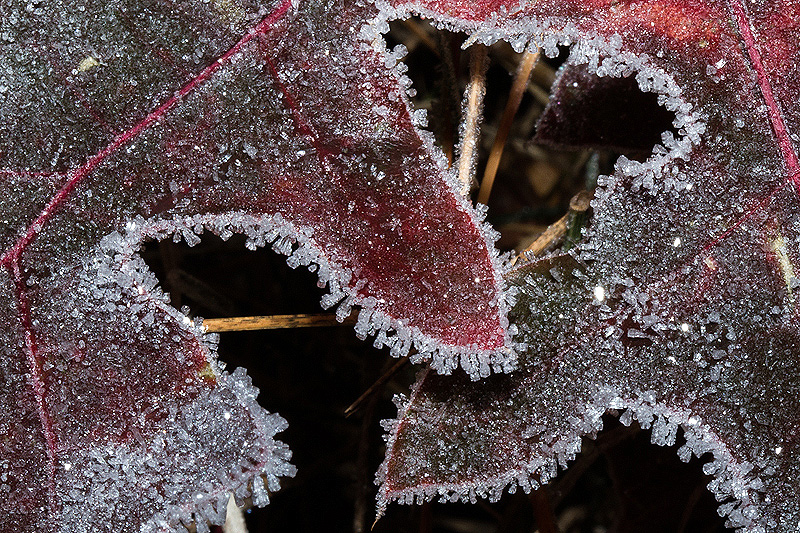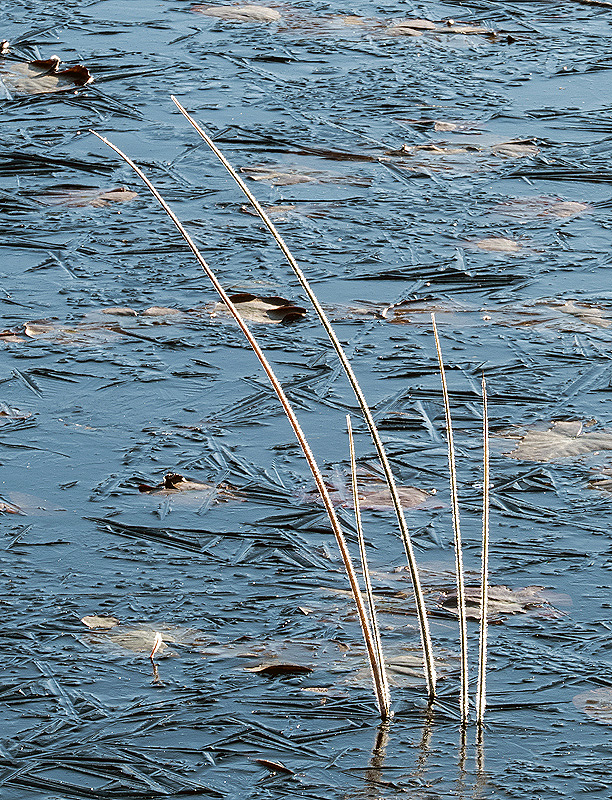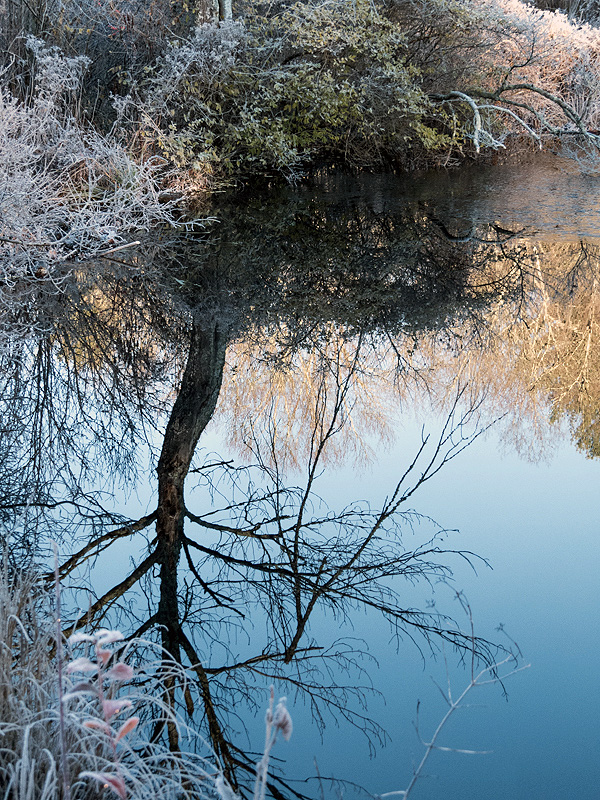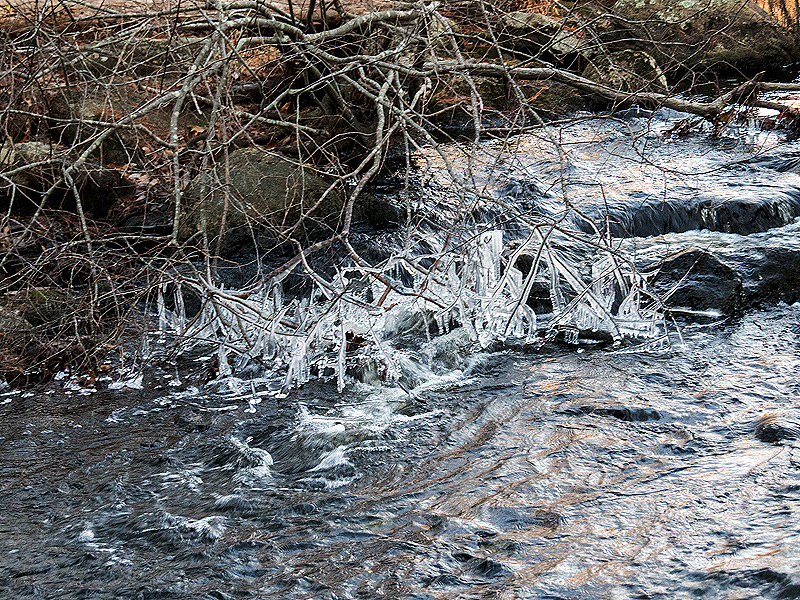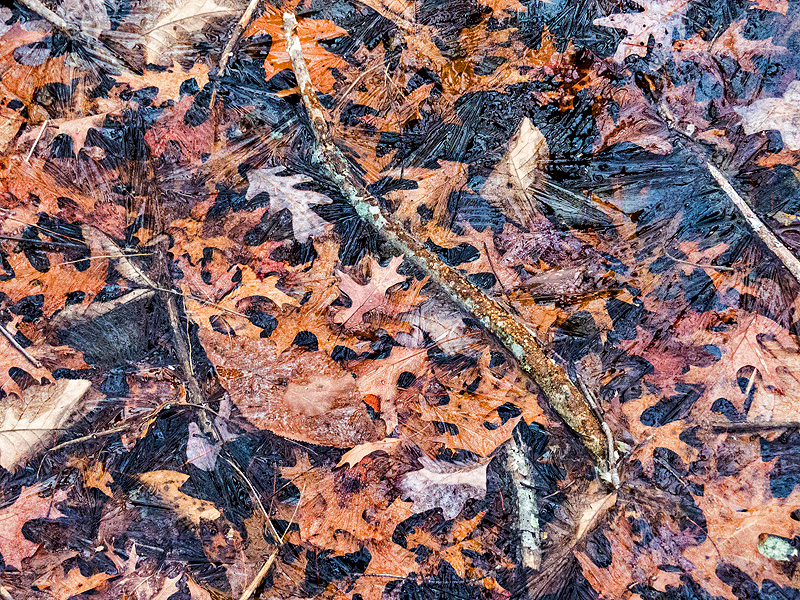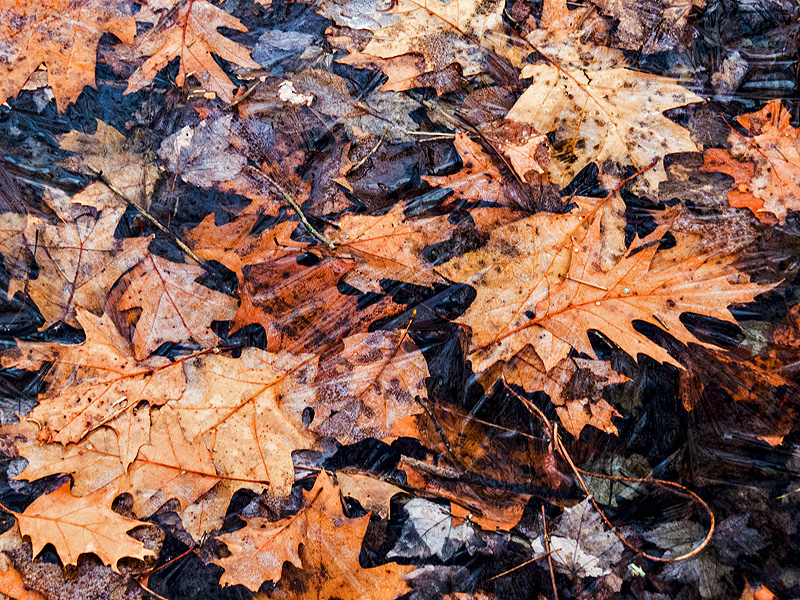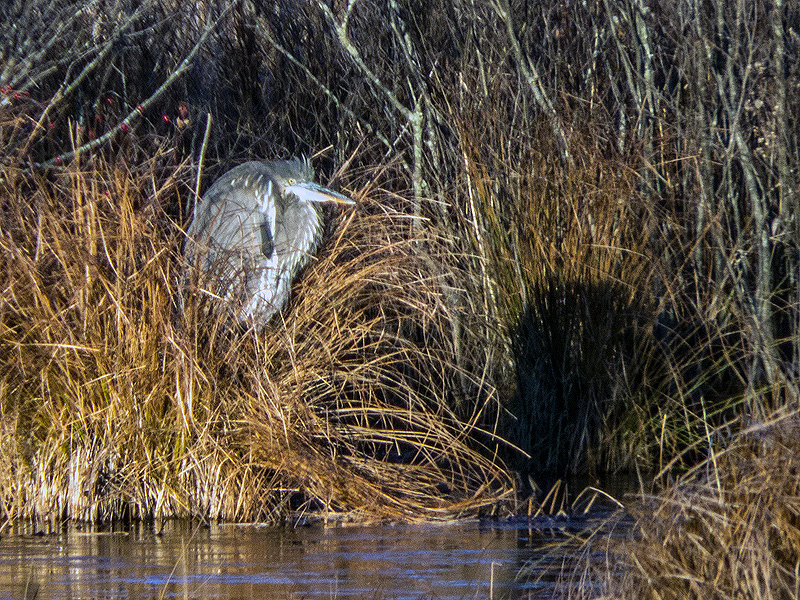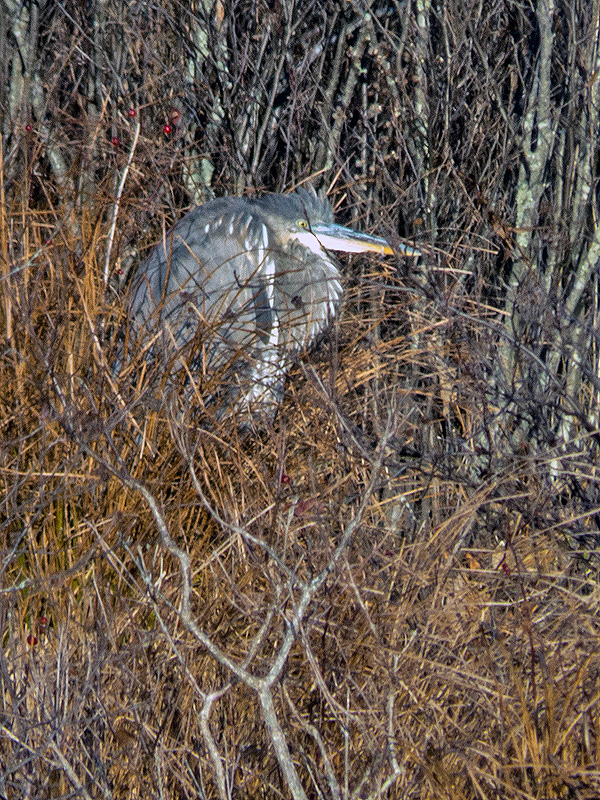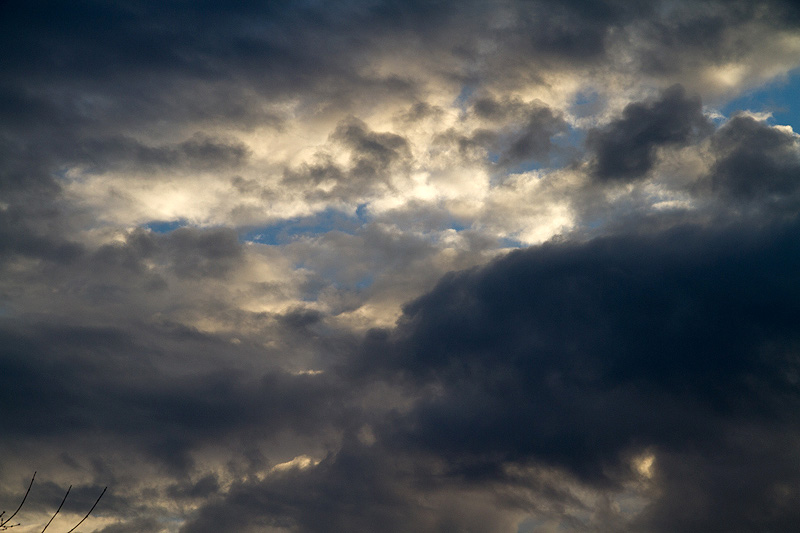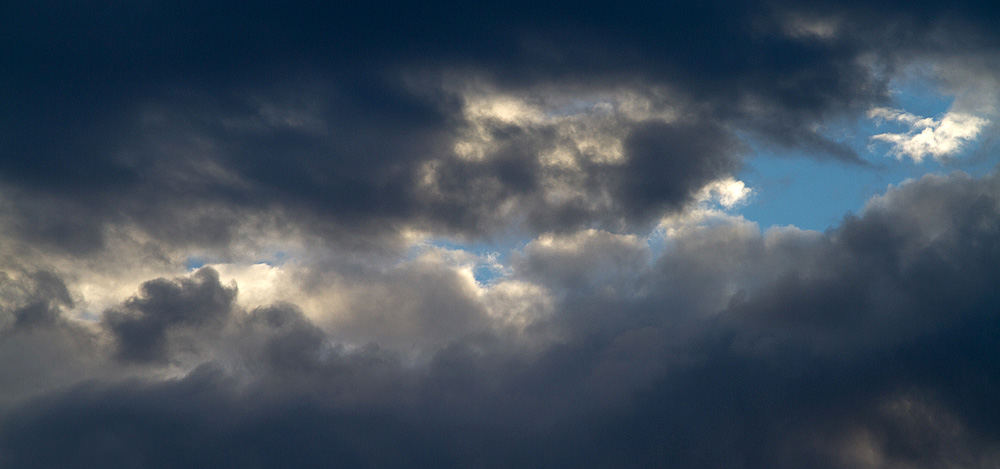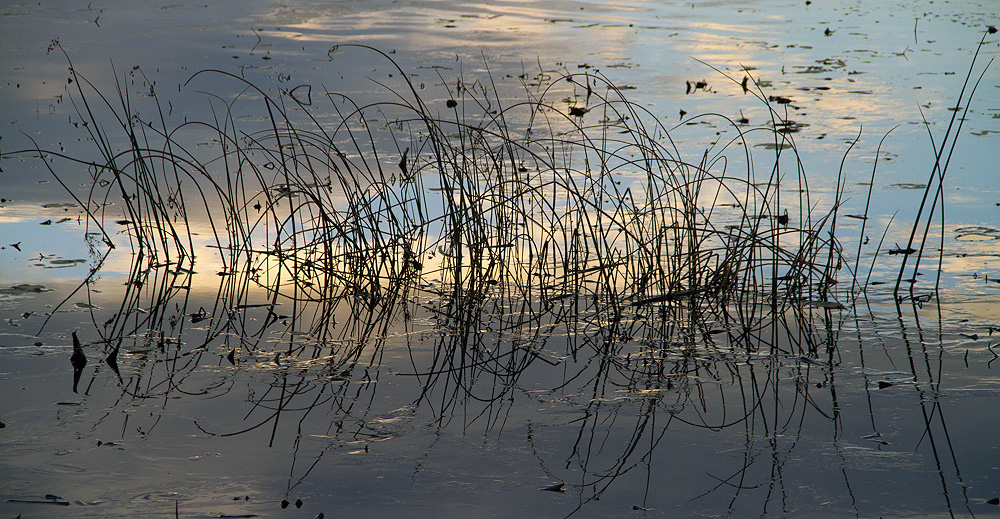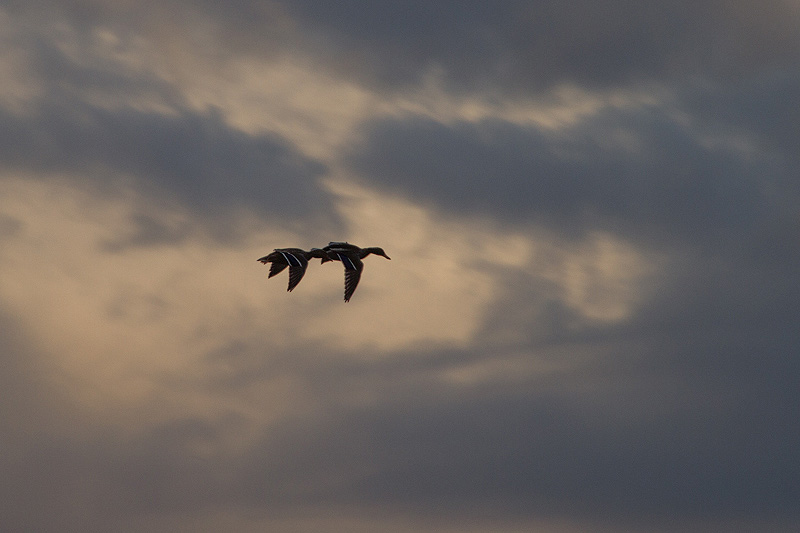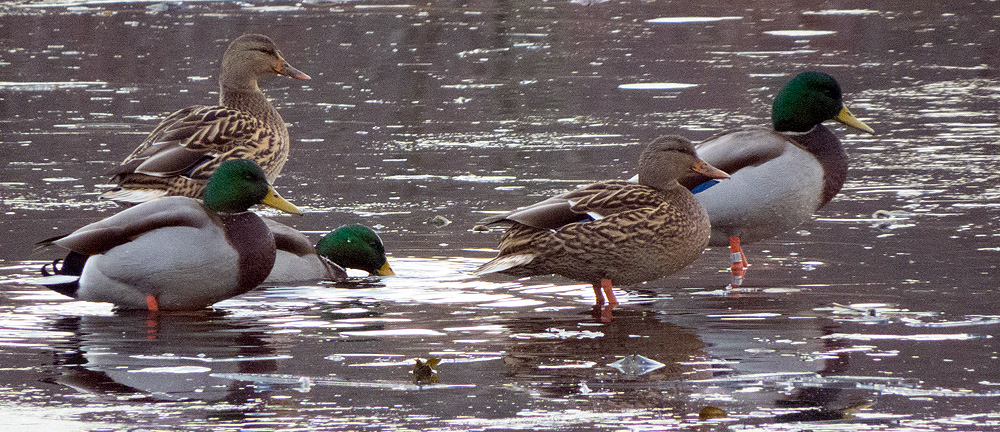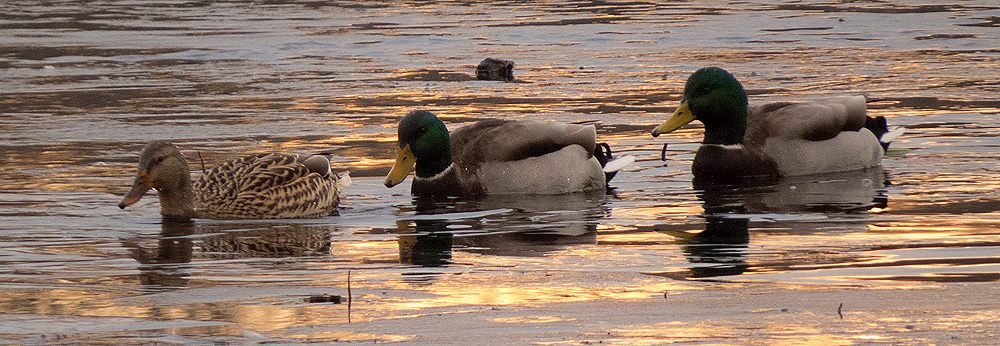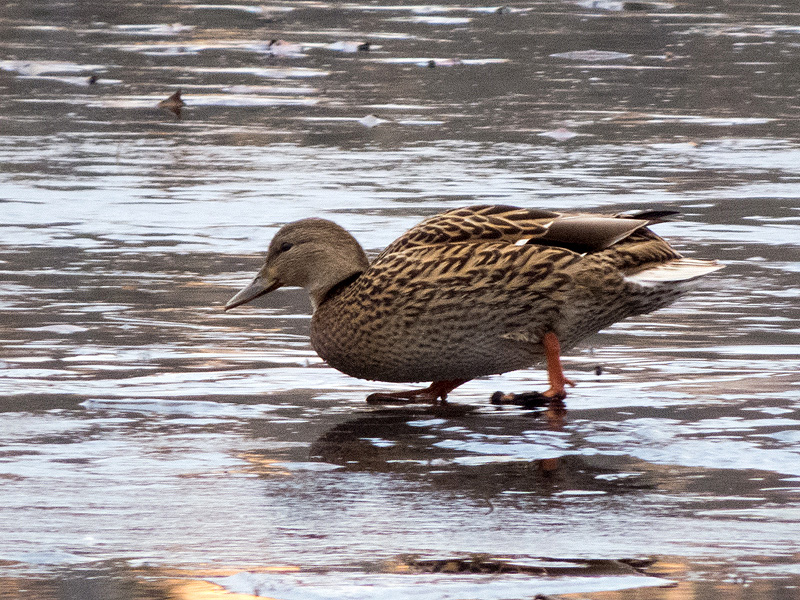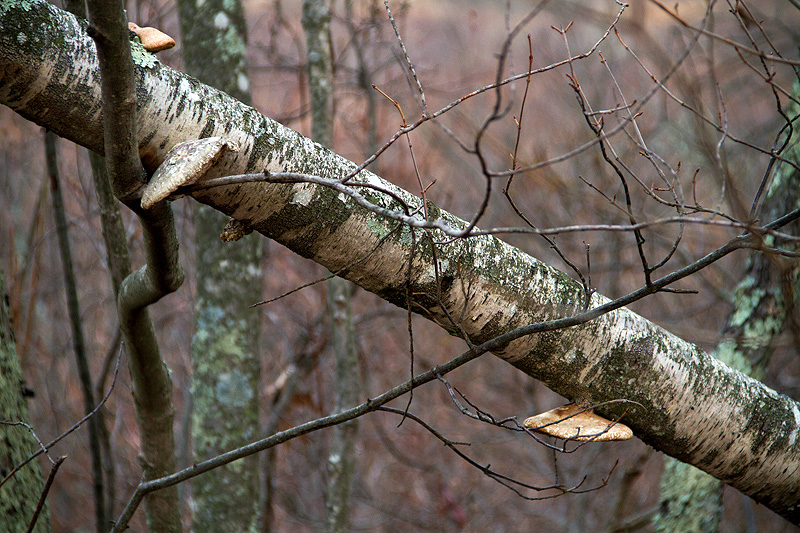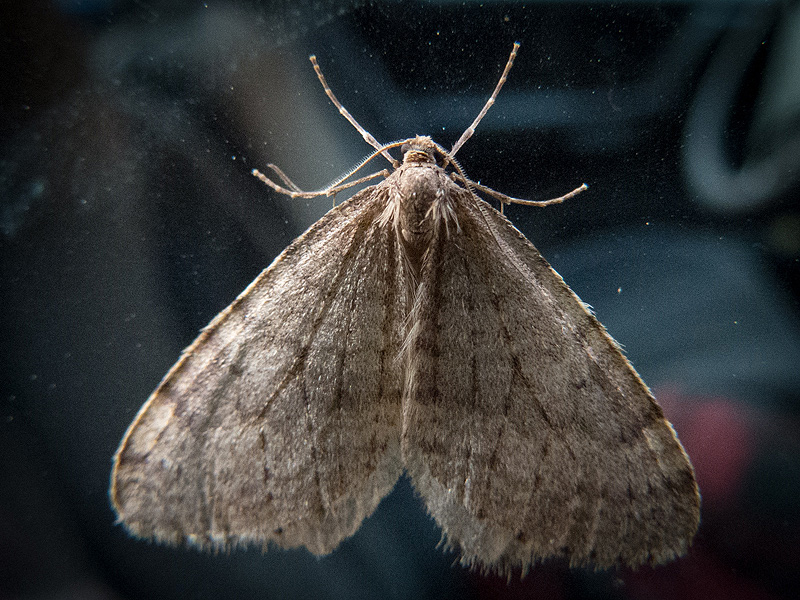Along the Air Line... 2014 - Fall, Part 7 The Air Line Trail in Eastern Connecticut - Stan Malcolm Photos |
mHome Page Stan's FlickR Albums |
November 12th, about 3:45 P.M. Wood Frog (Rana sylvatica), perhaps out scouting for a suitable place to overwinter. |
Sunset comes very early now. |
|
|
|
|
|
|
|
|
|
|
November 14th. First snow. Thankfully, very little of it, but a nice coating on trees and grass until the sun hit it. |
|
|
|
|
|
|
|
|
|
|
|
|
|
November 15th. Twentytwo degrees and very frosty. |
|
|
|
|
|
|
|
|
Virtually all of the marsh and most of the channel side were skimmed with ice... |
On the marsh side, a cluster of Mallards kept a small patch of water ice free. |
Icy morning baths. |
|
November 19th. Today marks 13 years since I started this web site. Seventeen degrees. Ice accumulating on branches overhanging Raymond Brook at Old Colchester Road. |
Leaves below ice on a trailside ditch. |
|
Surprised to see a Great Blue Heron (Ardea herodius) hunkered down, far across the marsh. |
|
November 23rd. Forty degrees. Clouds breaking up just after dawn. |
Patches of blue and occasional sun. |
|
Mallards (Anas platyrhynchos) back at the marsh. It was too solidly frozen the past few days. |
Only occasional pockets of open water; most of the marsh with a thin layer of water atop the ice. |
|
|
|
These Birch Polypores (Piptoporus betulinus) tell a story. The conk at the left was formed while the tree was still standing; the one at the right after the tree fell. I wonder what sense of gravity controls their development on the horizontal. Terry Stoleson pointed me to "Gravitropism". (http://en.wikipedia.org/wiki/Gravitropism) but I never got to the equivalent of auxin in plants positively (roots) or negatively (stems) affecting orientation to gravity. Differential growth in mushroom stems or caps (a polypore fungus being essentially a stemless cap), but still, how is gravity "sensed"? |
Back at the trail head, I found this moth on my truck window. Best guess is a geometrid, perhaps Operophtera bruceata, the Bruce Spanworm Moth. |
